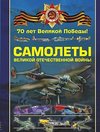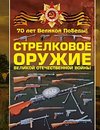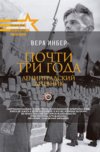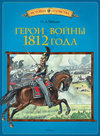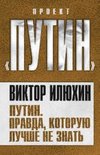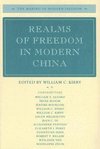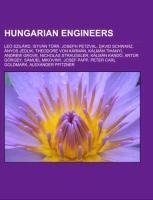
Hungarian engineers
Source: Wikipedia. Pages: 51. Chapters: Leó Szilárd, István Türr, Joseph Petzval, David Schwarz, Ányos Jedlik, Theodore von Kármán, Kálmán Tihanyi, Andrew Grove, Nicholas Straussler, Kálmán Kandó, Artúr Görgey, Sámuel Mikoviny, Josef Papp, Peter Carl Goldmark,... Viac o knihe
Produkt je dočasne nedostupný
16.02 €
bežná cena: 18.20 €
O knihe
Source: Wikipedia. Pages: 51. Chapters: Leó Szilárd, István Türr, Joseph Petzval, David Schwarz, Ányos Jedlik, Theodore von Kármán, Kálmán Tihanyi, Andrew Grove, Nicholas Straussler, Kálmán Kandó, Artúr Görgey, Sámuel Mikoviny, Josef Papp, Peter Carl Goldmark, Alexander Pfitzner, Rudolf E. Kalman, Wolfgang von Kempelen, Zoltán Lajos Bay, Aurel Stodola, Tivadar Puskás, Oszkár Asboth, Karl Schügerl, Béla Barényi, Laszlo B. Kish, Ottó Bláthy, József Galamb, Albert Fonó, Ferenc Anisits, Vittorio Jano, Leslie L. Vadász, István Friedrich, Béla Gerster, Paul Jaray, Ferenc Pavlics, Pál Selényi, József Angster, János Csonka, Mór Korach, Imre Bródy, György Jendrassik, Endre Misteth, Károly Zipernowsky, Károly Hieronymi, Dénes Mihály, László Kozma, László Heller, Donát Bánki, Ábrahám Ganz, Bela Karlovitz, Miksa Déri, Bertalan Árkay, Paul von Jankó, György Szigeti, Erno Winter, Tivadar Millner, George Clifford Sziklai, Pál Király, Aleksandar Just. Excerpt: István Türr (Italian: , French: ), (August 10, 1825, Baja, Hungary - May 3, 1908, Budapest) was a Hungarian soldier, revolutionary, canal architect and engineer, remembered in Italy for his role in that country's unification and his association with Garibaldi. In the later years of his life became known as a peace activist. Türr was born in the city of Baja, Hungary, the fifth child of an ironmonger. His mother was the Hungarian Terézia Udvary, whose father was a medical doctor. When young he was not a diligent pupil and left school early. As a teenager he tried his father's profession as well as working in a mill and as an unskilled mason, but did not show great aptitude for any of these three jobs. The first time he tried to enlist in the Austrian Army he was rejected, but on his re-application in 1842 he was accepted at the age of 17. Moreover, officers found in him a hitherto unnoticed promise and encouraged him to improve himself and undergo officer's training at Pécs. By 1848 he was already a military engineer at the rank of lieutenant in a Hungarian grenadier regiment. At the time when the Hungarian Revolution of 1848 engulfed his homeland, Türr was stationed in Lombardy, Italy. He was involved in early fighting against Piedmont and witnessed the cruel retaliations inflicted on rebellious Italians at Monza, where he was stationed - which caused him to change his loyalties. On January 19, 1849 Türr crossed the bridge over the Ticino and went over to the Piedmont side. He was immediately placed in command of the newly-formed "Hungarian Legion", comprising numerous deserters of the Austrian Imperial Army. Its ranks were swelled by the increasing desertion of Hungarian soldiers and officers, crossing the Ticino in small boats every night until the Austrian command moved them away. In a parallel development, another Hungarian Legion - headed by Lajos Winkler (1810-1861) who would later become Türr's close associate - was formed at Venice and fought in defence of t
- Vydavateľstvo: Books LLC, Reference Series
- Formát: Paperback
- Jazyk:
- ISBN: 9781156501405

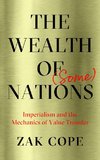
 Anglický jazyk
Anglický jazyk 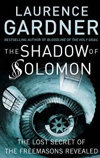

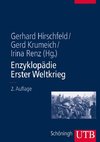
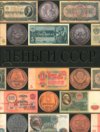
 Ruský jazyk
Ruský jazyk 